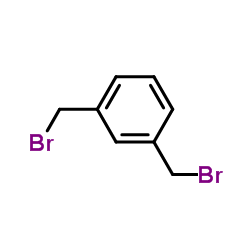| Structure | Name/CAS No. | Articles |
|---|---|---|
 |
1,3-Bis(bromomethyl)benzene
CAS:626-15-3 |
| Structure | Name/CAS No. | Articles |
|---|---|---|
 |
1,3-Bis(bromomethyl)benzene
CAS:626-15-3 |